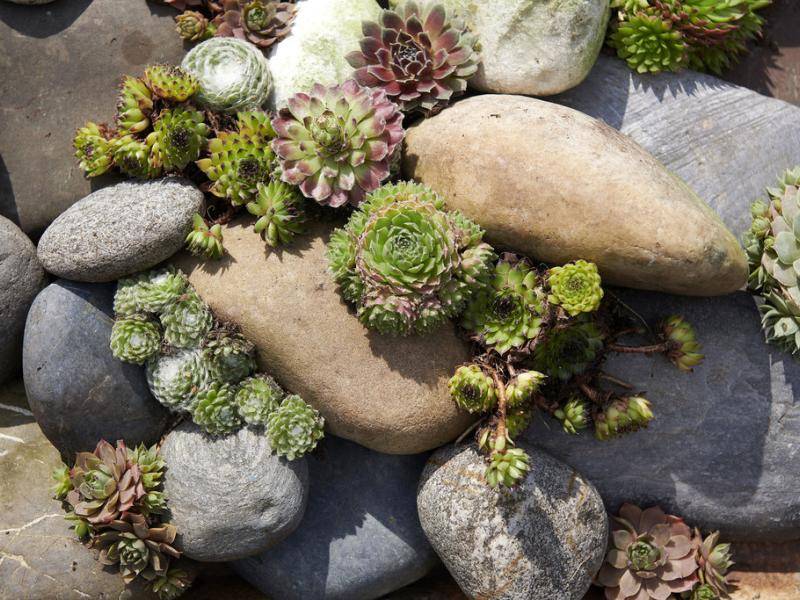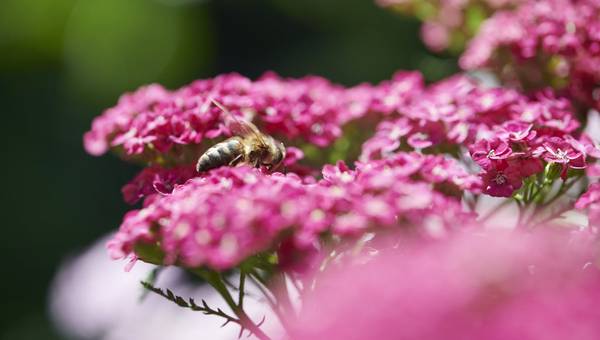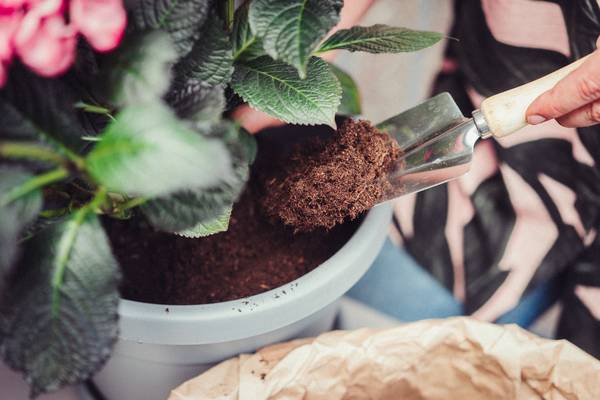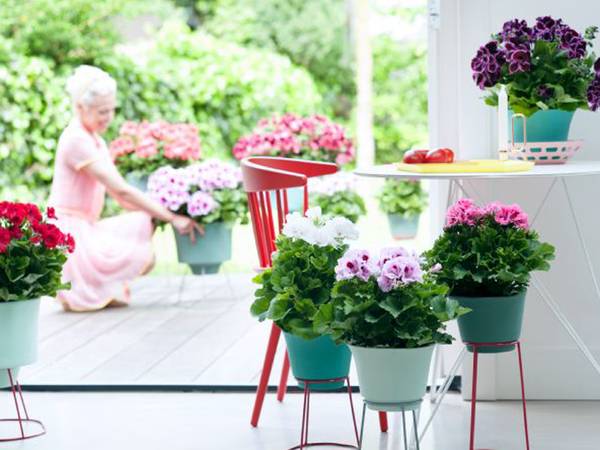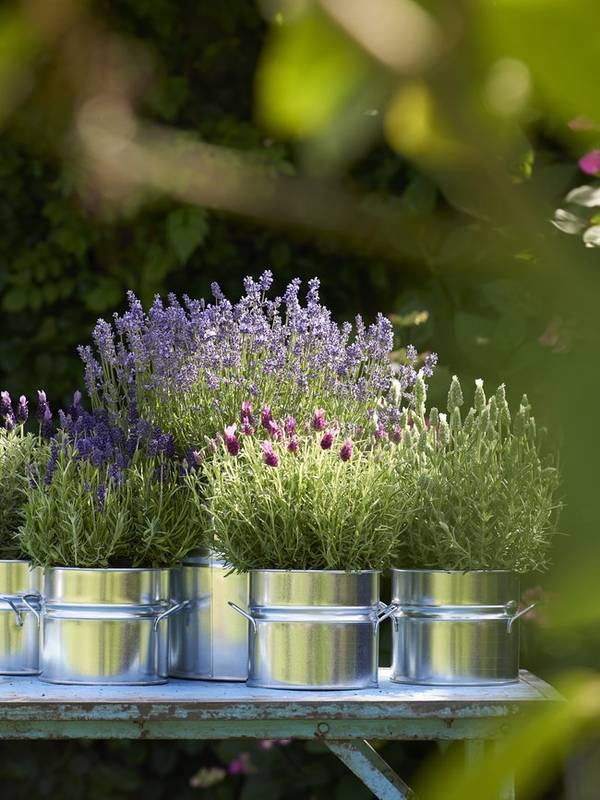
Care
- Sempervivum likes a position with at least six hours (sun)light per day.
- Water must be able to drain well - it’s about the only thing that sempervivum can’t cope with.
- If sempervivum propagate itself too enthusiastically, give it a trim.
- Hardy, evergreen, and totally self-sufficient.
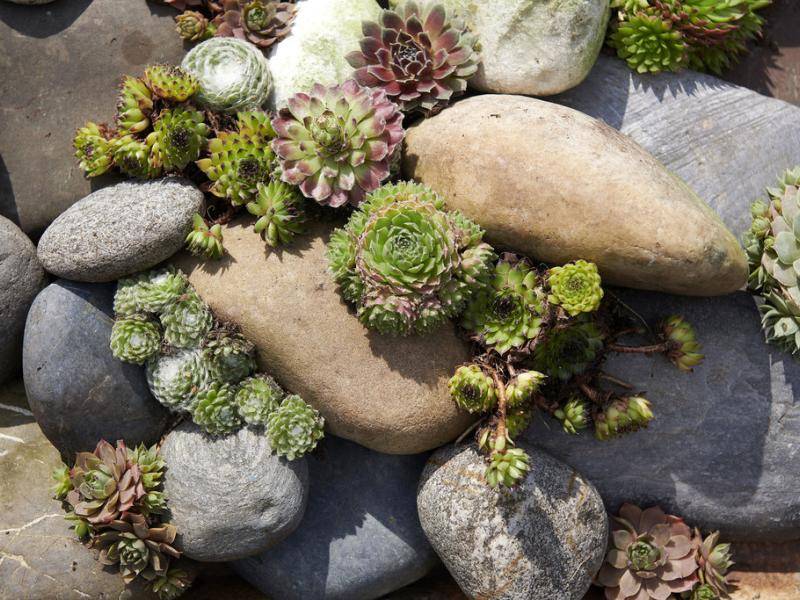
Harsh winds, little to cling to, harsh frosts, scorching sun: nothing can destroy sempervivum - apart from too much water.
Sempervivum is a ground-covering plant that does not need a lot of soil to survive. It doesn’t require much attention: green in summer and winter, grows like mad and propagates itself. Sempervivum grows in attractive green rosettes with a dark-tipped leaves. The leaves are thick and fleshy. Sempervivum stores moisture in them which allows it to grow on rocky soil, roof tiles or a flat roof. In that way it can ‘seal up’ a surface with its leaves and short roots. The plant blooms between April and August with pale yellow, white or pink star-shaped flowers that rise some 10 cm above the rosette on palm-like stems - quite a sight!
Mountain survivor
Sempervivum is a member of the succulents family. In the wild some 50 species grow in Asia and mountainous regions in Europe and Russia, such as the Alps, Dolomites and Caucasus. They usually grow 3000 to 8000 metres above sea level. Alongside the wild species there are also thousands of cultivars.
Trivia
- The name Sempervivum comes from the Latin words 'semper' ('always') and 'vivus' ('living'). Sempervivum only dies when it is exhausted by flowering, when it has already propagated itself in the form of surrounding descendants that take the mother plant’s place.
- Sempervivum has been planted on roofs for centuries as a lightning conductor. We would recommend adding a real lightning conductor to be on the safe side, but the plant is more attractive.
- Sempervivum has traditionally also been considered a protection against fire: the large amount of moisture in the plants means that a living roof will not easily catch fire.
